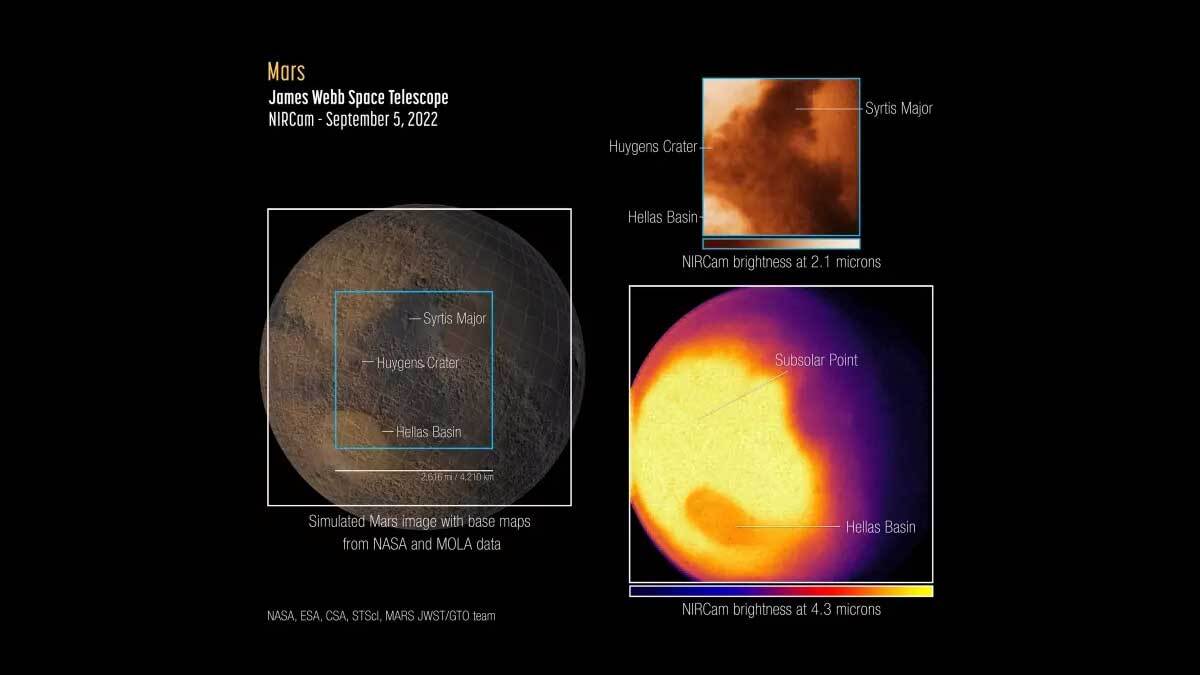Just In
- 4 min ago

- 33 min ago

- 54 min ago

- 1 hr ago

Don't Miss
- Education
 Tamil Nadu 10th Results to be declared Soon @tnresults.nic.in, Check the Tentative Date
Tamil Nadu 10th Results to be declared Soon @tnresults.nic.in, Check the Tentative Date - Movies
 Do Aur Do Pyaar: Vidya Balan Heaps Praise For Co-Star Pratik Gandhi; Says 'I Had A Certain Image &'
Do Aur Do Pyaar: Vidya Balan Heaps Praise For Co-Star Pratik Gandhi; Says 'I Had A Certain Image &' - Sports
 IPL 2024: 'Sunil takes offf the pressure from Me' - KKR star Phil Salt on dynamic partnership
IPL 2024: 'Sunil takes offf the pressure from Me' - KKR star Phil Salt on dynamic partnership - Automobiles
 Suzuki Access Electric To Electrify The Indian Scooter Market By 2024
Suzuki Access Electric To Electrify The Indian Scooter Market By 2024 - Finance
 Vodafone Idea Shares Soar 7% Following Strong FPO Subscription; GMP Hints Premium Shares; Details
Vodafone Idea Shares Soar 7% Following Strong FPO Subscription; GMP Hints Premium Shares; Details - News
 SC Grills Patanjali Over Tiny Apology For Misleading Ads
SC Grills Patanjali Over Tiny Apology For Misleading Ads - Lifestyle
 What Your Tongue Reveals About Your Health: Wellness And Warning Signs You Need To Know
What Your Tongue Reveals About Your Health: Wellness And Warning Signs You Need To Know - Travel
Kurnool's Hidden Gems: A Guide To Exploring India's Lesser-Known Treasures
James Webb Space Telescope Is Showing Us Real Faces Of Neighboring Planets

James Webb Space Telescope is proving to be everything that NASA might have hoped for. Maybe more! In its short lifespan, the space observatory has already given the astronomy world a lot to cheer about. Apart from taking breathtaking images of distant objects, the telescope is revealing the real faces of planets in our solar system.
Although the space telescope was sent to space with an aim to look back at the earliest most distant galaxies, it is also ideal for other scientific observations including planets in our solar system. JWST has recently taken a detailed look at two planets in the solar system -- Neptune and Mars.
Neptune Giving Saturn A Run For Its Money
The space telescope has chronicled a detailed image of Neptune’s rings. Yes, you read that right, Neptune has rings too. For the unversed, Neptune’s rings are pretty close to its atmosphere and thus go unnoticed due to the planet’s brightness. The Voyager 2 was the first to expose them in 1989 during a flyby.
Hey Neptune. Did you ring? 👋
— NASA Webb Telescope (@NASAWebb) September 21, 2022
Webb’s latest image is the clearest look at Neptune's rings in 30+ years, and our first time seeing them in infrared light. Take in Webb's ghostly, ethereal views of the planet and its dust bands, rings and moons: https://t.co/Jd09henF1F #IAC2022 pic.twitter.com/17QNXj23ow
"It has been three decades since we last saw these faint, dusty rings," said Heidi Hammel, a Neptune system expert and interdisciplinary scientist for Webb, "and this is the first time we've seen them in the infrared."
Apart from the beautiful rings, JWST also managed to capture seven of the planet’s 14 moons. Not just that, it even captured a glimpse of a bright spot at Neptune’s North Pole. NASA states that the telescope will further observe the planet and its largest moon Triton.
Diving Deep Into The Red Planet
JWST also has its eyes set on Mars; however, observing it wasn't easy for the telescope due to its close distance to Earth, making it very bright in infrared wavelengths and both visible light portion of the spectrum the telescope uses to observe planets. But that didn’t stop JWST’s NIRCam camera from capturing the martian surface.

The space observatory also captured the Red Planet leveraging its spectrometry instruments. They are capable of splitting light into different wavelengths to determine the composition of a space object. In this case, there is clear evidence of water, carbon dioxide, and carbon monoxide.
These images are a testament to just how powerful James Webb Space Telescope’s instruments are in such spectrometry tasks -- and how effective the telescope can be in the hunt for super-Earths or exoplanets.
-
99,999
-
1,29,999
-
69,999
-
41,999
-
64,999
-
99,999
-
29,999
-
63,999
-
39,999
-
1,56,900
-
79,900
-
1,39,900
-
1,29,900
-
65,900
-
1,56,900
-
1,30,990
-
76,990
-
16,499
-
30,700
-
12,999
-
14,999
-
26,634
-
18,800
-
62,425
-
1,15,909
-
93,635
-
75,804
-
9,999
-
11,999
-
3,999












































